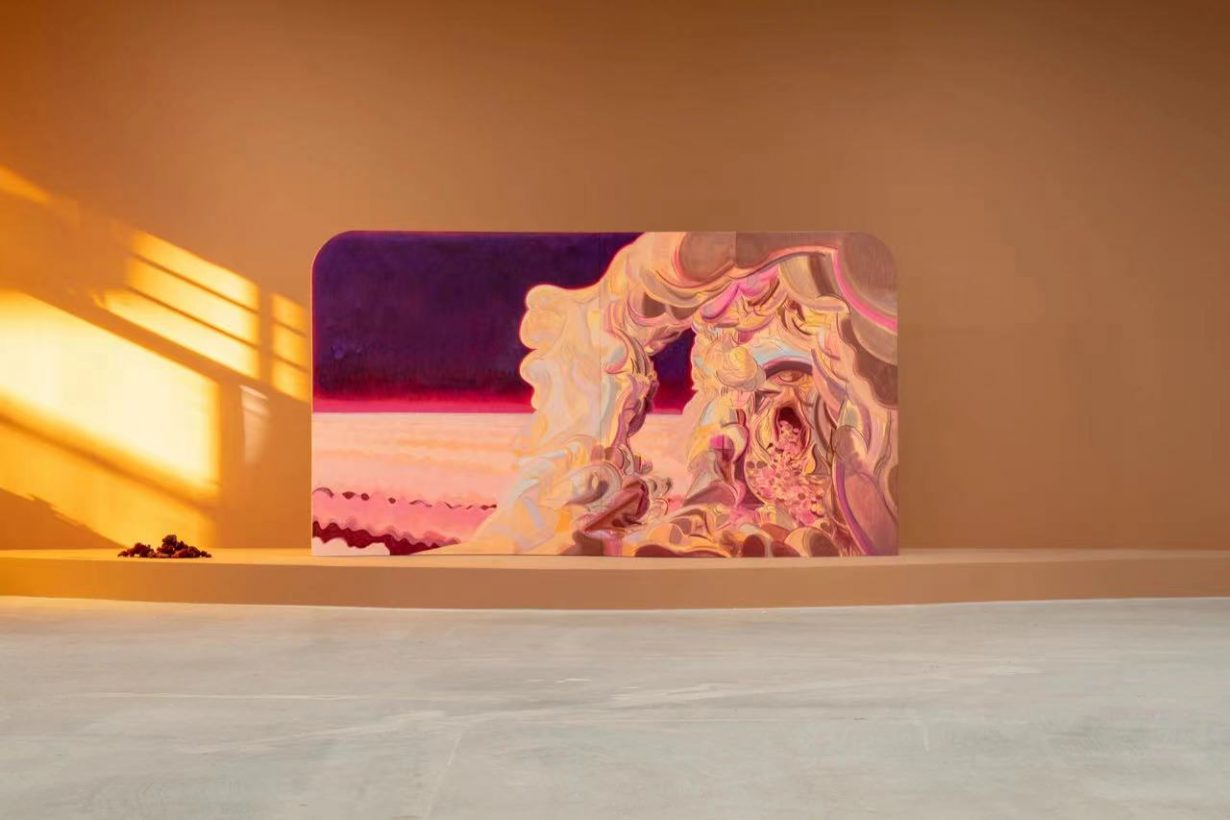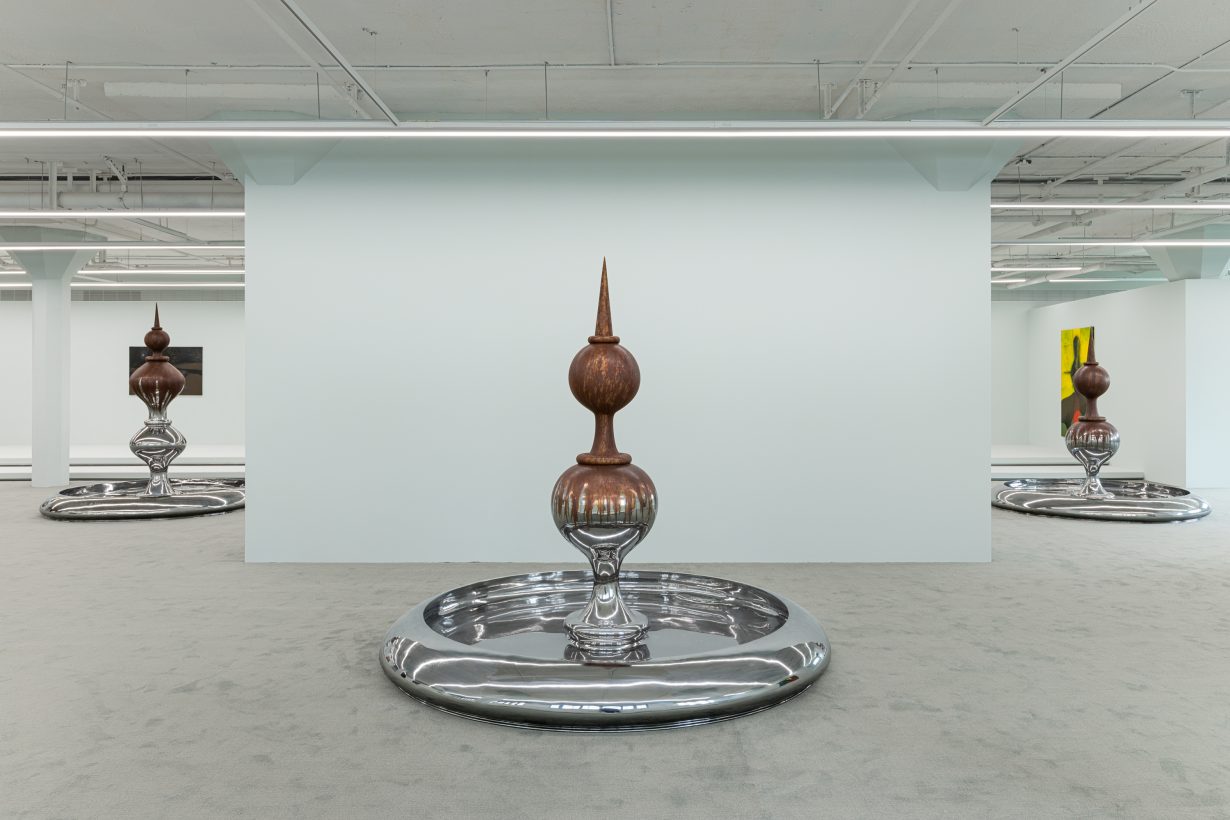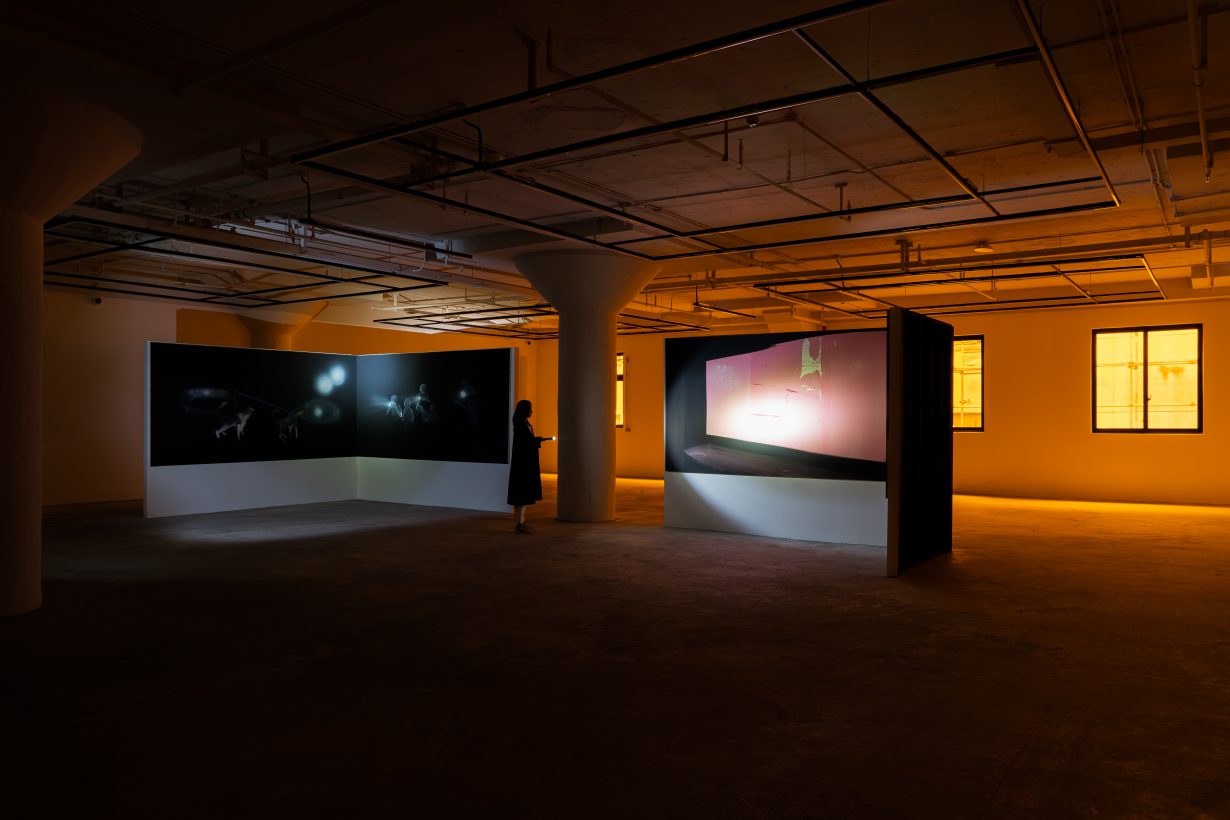Longlati Foundation’s continued project is not a space to exhibit, but to provoke response
In the shifting terrain of global art discourse, the Longlati Foundation, which celebrates its seventh anniversary this year, positions itself as a kind of cultural vector – offering an evolving proposition about what art, identity and support structures might look like in an era that no longer believes in a unified narrative. Cofounded by investor and philanthropist David Su and artist Chen Zihao, Longlati was initially established to support emergent Chinese voices and to recalibrate the reception and recognition of women’s art globally. And over the past seven years, the foundation has become something like a speculative map: one that charts both the fragility and force of identity in contemporary art practice.
That Longlati Foundation opened its project space in Shanghai in 2020, in the maelstrom of a pandemic that rendered borders both literal and metaphorical, is no accident – indeed, it sought to promote the continuation of cultural exchange at a time when connections between people, ideas and creativity felt increasingly fragmented. Early exhibitions ranged from Tala Madani’s incisive introspections to a group show bringing together Derrick Adams, Amoako Boafo and Vaughn Spann – each artist inscribing ‘the global’ into Shanghai’s cultural imaginary. Since then, over thirty solo and group exhibitions have rearticulated the city not just as a financial hub, but as an axis of critical artistic thinking.

Longlati’s founding impetus centres around a sustained inquiry into art history’s blind spots – specifically, the systemic omission of women artists. It takes Linda Nochlin’s provocation, ‘Why have there been no great women artists?’, not as rhetorical indictment but as a practical challenge to the patriarchal structures that have governed whose art gets to be seen. Initially focused on historical female artists such as Judy Chicago and Yayoi Kusama, Longlati’s collection has since turned its gaze toward a new generation of female voices – Tschabalala Self, Hu Xiaoyuan, Christina Ay Tjoe, Ma Qiusha, Liang Yuanwei – whose practices engage with the intersections of gender, history and form with increasing complexity.
The foundation’s debut project, Call and Response, offered a conceptual echo of the 2002 Lugu Lake Project – a little-remembered collaboration between Judy Chicago and Beijing’s Long March curatorial team, for which Chinese women artists responded to the speculative question: ‘What if women ruled the world?’ That such a project, born of idealism and real cultural friction, has largely vanished from mainstream art memory is precisely what Longlati seeks to redress. In doing so, the foundation asks: what gets forgotten, and why? And how do we recover these lost ideas, moments, happenings?

Parallel to its exhibition programme, Longlati Foundation’s artist residencies – organised around a triadic methodology of ‘Support, Practice, Transformation’ – provide a kind of slow infrastructure for artistic thinking. The foundation is keen to point out that these are not token spaces of retreat but intended to be dynamic laboratories of research, writing and cross-disciplinary dialogue. Artists like Su Yu-Xin, Zhang Yibei and Li Muhua have used the residency to interrogate subjects ranging the medium of painting, the politics of the posthuman and the fragmentation of memory. In a time when identity often feels like a site of exhausted performance, their work proposes new ‘grammars’ – of image, of belonging, of critique.
This recursive loop – between practice and history, gender and geography – finds vivid articulation in commissioned projects like Ma Qiusha’s The Mirror [-scape] of Your Skin (2022). Here, the artist’s ‘Wonderland’ installations use the surface of the body as a site of deferred visibility, where fragmentation becomes both metaphor and resistance against the male gaze. Sections of thigh-high stockings, fragments of mirrored surfaces and shattered concrete are reassemble not to create a sense of wholeness, but rather alienation – in order to force of a rethinking of the gaze. And in recently acquired work by Christina Quarles, this is represented by rupture: limbs twist, merge, disappear and reappear, defying both the binary logic of gender and the historically violent scientific codes around race.

Longlati Foundation’s continued project is not simply to show art, but to provoke response. It refuses the linearity of progress and the simplicity of categories, trading the spectacle of ‘the now’ for a deeper excavation of how we got here – and where art might still go. Over the next five years, the foundation’s methodology is clear: to support the new, to practice with purpose, and to transform through interrogation.
